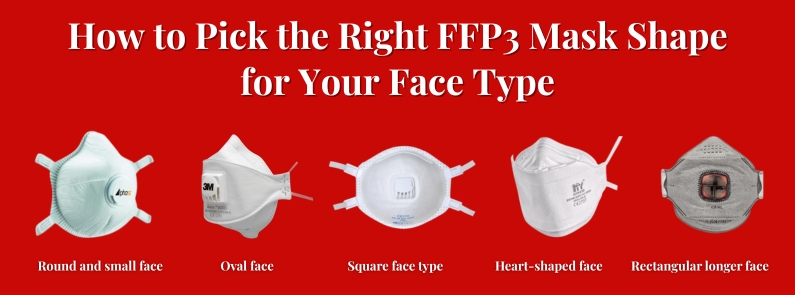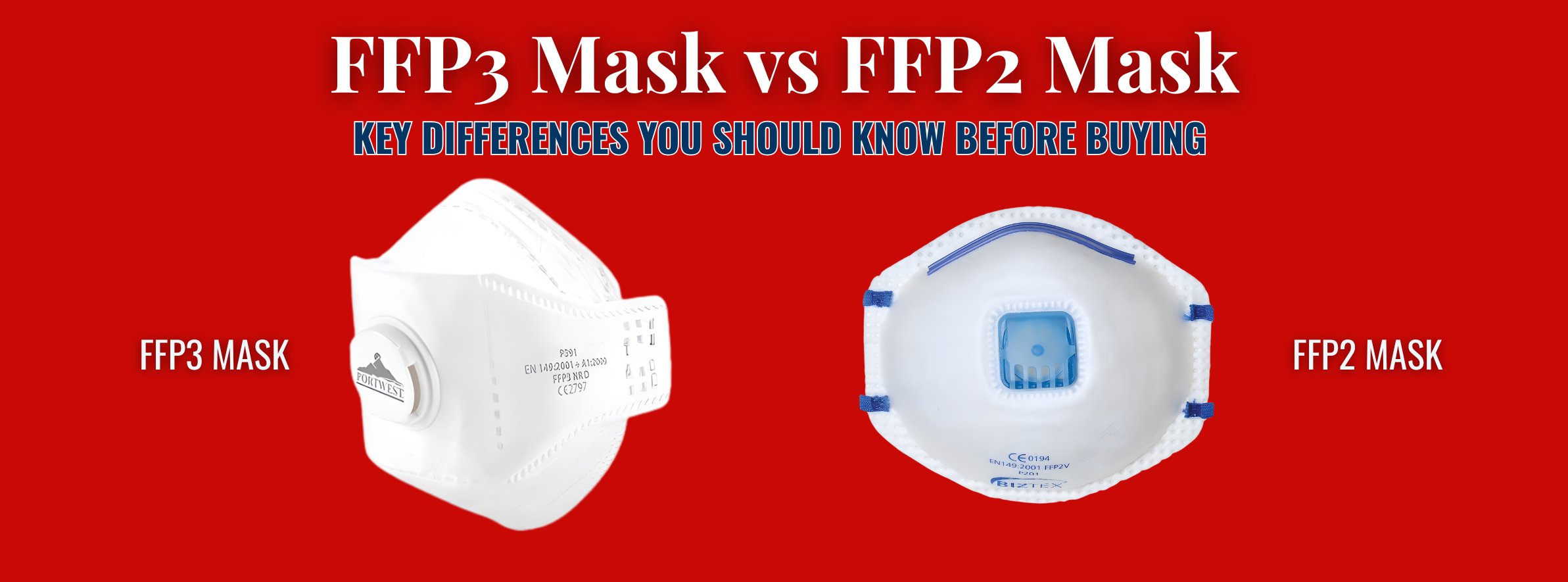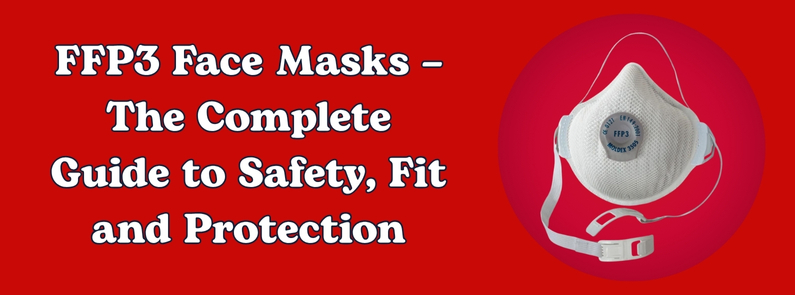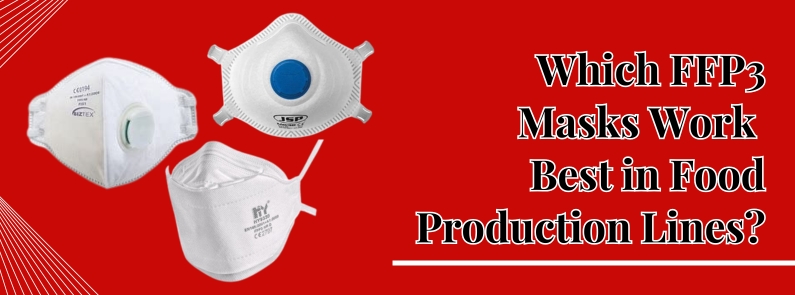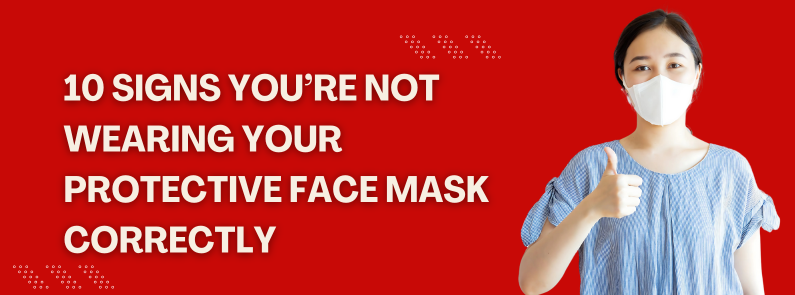
Wearing a protective mask incorrectly is pointless. Improper use, such as a loose fitting, gaps on the sides, or using the same mask for a long time, can expose the individual wearing it to harmful particles from what it is trying to protect against. According to studies, improper use of a mask can result in filtering efficiency losses of up to 60%. This implies that dust, bacteria, and pollutants will still enter your lungs.
Although the majority of people believe they are well protected, one small error can put them at serious risk for health problems. A protective face mask may not be the right one for you if it frequently slips, feels heavy, or causes your glasses to steam. Even small mistakes can have a significant impact on preventing infections or respiratory illnesses.
In the end, is your mask completely safe? Being aware of the small errors can save your life and preserve your health. Keep reading to discover 10 signs that show you’re not wearing your protective FFP3 face mask correctly—so you can fix them before it’s too late.
Are You Wearing Your Protective Face Mask the Right Way? 10 Common Mistakes to Avoid
Wearing a protective mask is essential for reducing the impact of pollution and preventing infectious infections. Most people make blunders that put them in danger from loose particles, which they are unaware of. The ten most common errors people make while not properly setting up their FFP3 dust masks are shown below, along with solutions:
1. Your Mask Has Gaps on the Sides
These masks are ineffective if they do not cover the area for which they were designed. The air that should be filtered by a mask in this situation flows through nose and mouth openings. Masks with adjustable straps or masks with a nose strip can be used to address this issue.
2. You’re Wearing It Below Your Nose
This is one of the most common mistakes – covering only the mouth and forgetting the nose. It is very pointless to wear FFP3 disposable dust masks when only the mouth is covered because the nostrils are a direct route for viruses and other airborne particles.
3. Your Mask Is Loose at the Chin
If the mask is so loosely strapped under the jaw, then air is likely to bypass filtering. Masks must be secured under the chin, and to enhance effectiveness, they should fit quite closely.
4. You Keep Touching Your Mask
Frequent touching of a mask increases the possibility of contamination as you touch it with dirty hands that contain germs. Adjustments should only be made with clean hands using ear loops or straps.
5. You’re Reusing a Disposable Mask Too Many Times
The disposable mask is supposed to be used only once. If a mask is wet, dirty, or malfunctioning, it should be replaced immediately.
6. Your Mask Is Too Thin or Made of Poor-Quality Material
Different masks have different grades of protection. Multi-layer masks are considered to be the most effective. Using masks with more than one layer ensures better filtration.
7. Your Mask Is Too Tight or Uncomfortable
If your mask is too tight, you may face breathing problems. Masks with adjustable ear loops can improve comfort while ensuring a secure fit.
8. You’re Not Washing Your Reusable Mask Properly
For hygienic purposes, reusable masks should be washed every day. Use soap and water to clean them and allow them to air dry completely.
9. You’re Using a Mask That’s Too Old or Worn Out
Over time, masks degrade. Signs of a worn-out mask include weak nose clips, loose straps, and thinning material. Replace masks as needed.
10. You’re Not Storing Your Mask Correctly
Tossing a protective mask into a pocket or bag without a barrier can lead to contamination. Store it in a clean bag or an air-permeable case when not in use.
Small Mask Mistakes Can Put You at Risk: Be Safe!
Your mask can be quite ineffective if it is improperly worn. A loose or overly tight mask with hanging straps or gaps can make it useless. Paying attention to these small errors can help you stay safe. Visit Respirator Shop to find high-quality full face masks for all-day safety!

